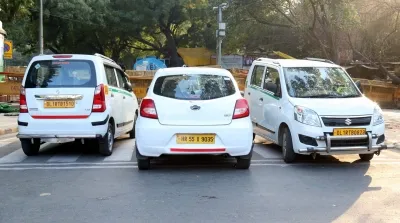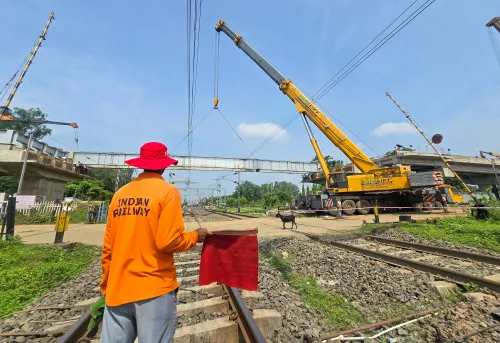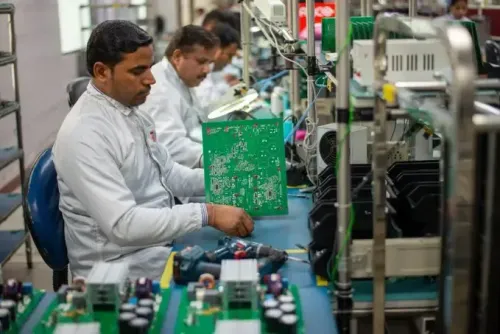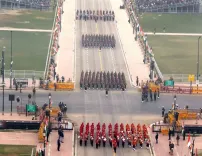Is Maruti Suzuki India Facing Disruptions Due to the Rare Earth Magnet Crisis?
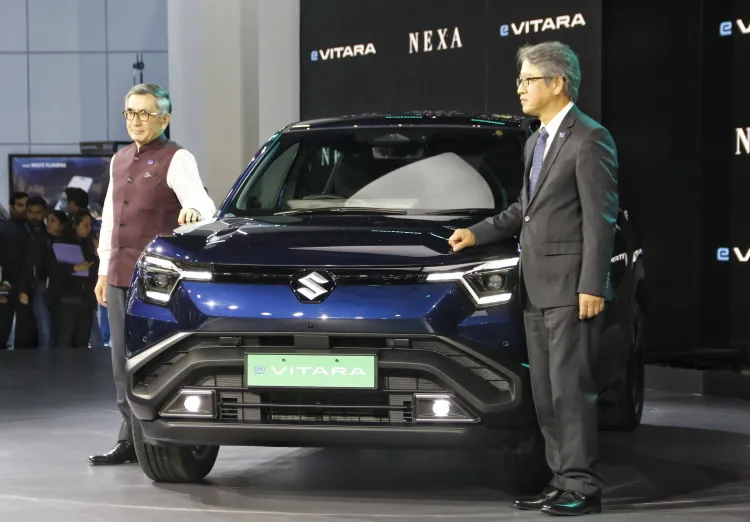
Synopsis
Key Takeaways
- No current operational disruptions for Maruti Suzuki India.
- The e-Vitara SUV is set to launch by September.
- China's restrictions pose a serious supply risk.
- Strategic measures are being taken to mitigate potential impacts.
- Long-term plans focus on local production and recycling.
New Delhi, June 12 (NationPress) Maruti Suzuki India has officially stated that there is no disruption to its operations as a result of the rare earth magnet crisis, assuring stakeholders that they are actively monitoring the unfolding circumstances.
Reports have emerged suggesting that the production timeline for the automaker's forthcoming electric sport utility vehicle (SUV), the e-Vitara, could be impacted due to China's export restrictions on rare earth minerals. The e-Vitara is anticipated to launch in India before the end of September.
“With regard to the rare earth situation, we currently face no operational disruptions stemming from this matter. The circumstances are highly uncertain, and we are witnessing continuous changes,” stated a Maruti Suzuki India spokesperson during the Bharat NCAP safety ratings announcement for the Dzire compact sedan and the Baleno premium hatchback.
“We are keeping a close eye on the developments and exploring various solutions to maintain operational continuity. Should there be any significant impact on our business, we will notify all stakeholders in accordance with regulatory requirements,” the spokesperson elaborated.
The situation remains fluid for Indian automotive companies striving to secure a consistent supply of rare earth magnets amid China's export restrictions.
Rare earth magnets, while cost-effective, play a critical role in manufacturing and could pose a significant supply-side challenge for India's automotive industry if China's export limitations and shipment delays persist.
A disruption exceeding a month could affect electric vehicle (EV) launches, hinder production, and impede the sector's growth trajectory, as per a Crisil Ratings report.
Recognizing this risk, both the government and automakers are implementing strategies on two fronts. In the short term, efforts are focused on establishing strategic stockpiles, engaging alternative suppliers, and accelerating domestic assembly under Production Linked Incentive schemes.
In the long term, reducing dependency on imports will depend on hastening rare earth exploration, building local production capabilities, and investing in recycling infrastructure.
In a tight supply environment, magnets might also be redirected to internal combustion engine (ICE) models, which require fewer units, potentially hindering EV growth.
In April, China, the world’s leading exporter of rare earth magnets, imposed export restrictions on seven rare earth elements and finished magnets, requiring export licenses. The updated regulations necessitate detailed end-use disclosures and client declarations, including affirmations that the products will not be utilized for defense purposes or re-exported to the United States.
Last fiscal year, India sourced over 80 percent of its 540-tonne magnet imports from China.


